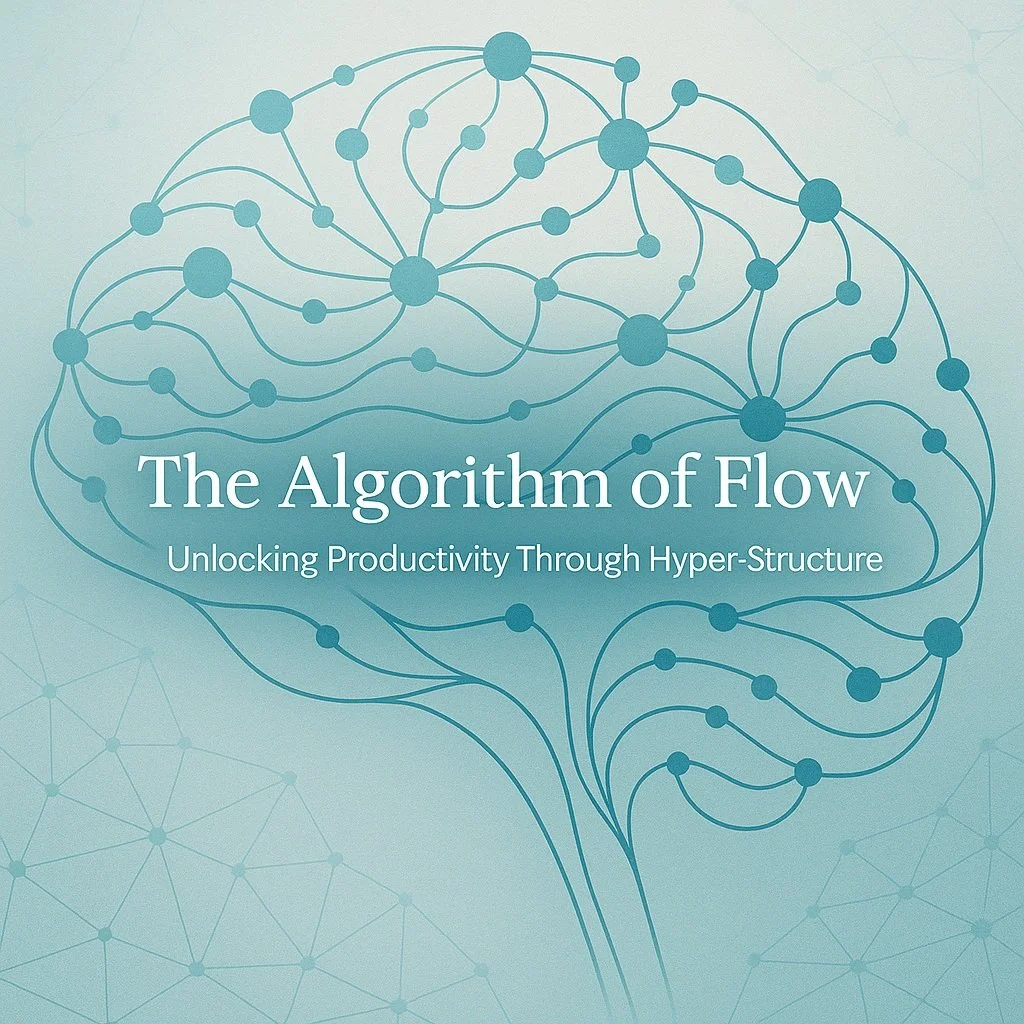Neuroplasticity: The Tortoise and the Hare
We live in an age that worships velocity.
Everything is optimized for acceleration—faster learning, faster healing, faster results. We love the sprint, the breakthrough, the hit of momentum. We love the hare.
But true and lasting change—the miracle of neuroplasticity—happens at the speed of biology, not ambition. It’s a rhythmic duet between speed and stillness. The hare floods your system with novelty and curiosity, showing the brain what might be worth learning. The tortoise takes over during consolidation, turning temporary circuits into stable ones.
The hare ignites. The tortoise integrates.
The Science of Speed vs. Stability
The hare is the flash of insight: the surge of dopamine and noradrenaline that floods your brain when something finally clicks. It’s the spark that says let’s do it now. It fires the first neural connection, sometimes dozens of them, in a sudden storm of electrical energy.
But a spark doesn’t win the race.
The brain is a marathoner, not a sprinter. Each time you repeat a new behavior, your neurons wrap those firing pathways in myelin—a fatty, microscopic insulation that makes signals travel faster and cleaner. Practice doesn’t just make perfect; it makes permanent architecture. The brain literally paves a highway where there was once a dirt trail.
That paving is the work of the tortoise.
The tortoise doesn’t look heroic. It moves through the quiet hours, showing up in the dull moments where progress feels invisible: one deep breath, one less reactive email, one deliberate choice to rest instead of push. It’s during these still moments that glial cells (the brain’s maintenance crew) fortify new connections and prune old ones. In other words, the brain remodels itself while we’re not watching.
The Trap of Competition
The hare and the tortoise aren’t opposites—they’re phases of the same rhythm.
When the hare sprints without the tortoise, you get burnout.
When the tortoise walks without the hare, you stagnate.
When they compete, you fall into the cycle: sprinting through inspiration, then crashing into exhaustion. You're not broken; you're just disrupting your brain's natural rhythm.
We’ve been taught to idolize the hare—innovation, hustle, acceleration—while quietly shaming the tortoise for being “too slow.” But biology tells a different story. Your brain learns in waves: intense focus followed by deliberate rest. Even elite athletes train this way; the recovery phase is when muscles actually grow. The same is true for neurons.
The work is to learn the cycle:
The hare keeps the system alive by injecting novelty, showing the brain what to learn.
The Tortoise builds the roads during quiet practice and rest, cementing the patterns the brain has decided to keep.
Growth happens when you oscillate between these states.
This is what learning feels like: expansion and integration, impulse and embodiment.
The New Rhythm
Stop punishing the hare for wanting to leap.
The hare is your curiosity, your boldness, your creative surge.
Without it, nothing begins.
Just remember to invite the tortoise to the table.
Let it anchor what the hare discovers.
Let it slow the pulse enough for your nervous system to catch up to your ambition.
Together, they are the true, sustainable pace of becoming; somewhere between the two, new pathways bloom—slowly, invisibly, beautifully.













For decades, I lived inside a storm I couldn’t name. A restless mind. A body always braced. A heart that felt heavier than it should. I blamed myself. I blamed circumstances. I worked harder, tried harder, forced myself into routines that never stuck. I spent years believing I was simply too much and not enough at the same time.
Then, a diagnosis reframed everything.